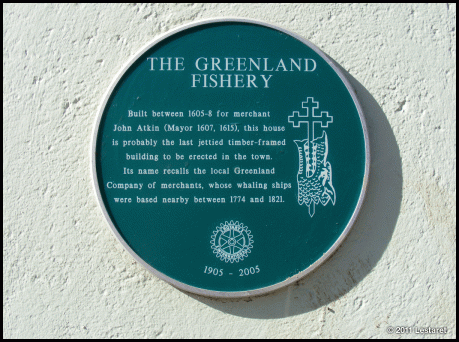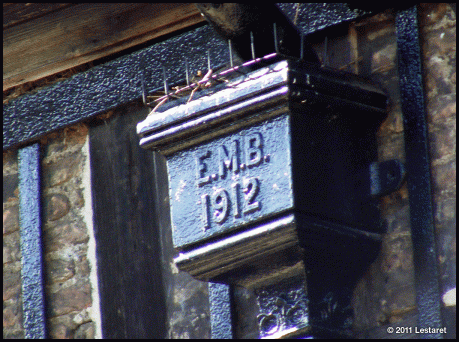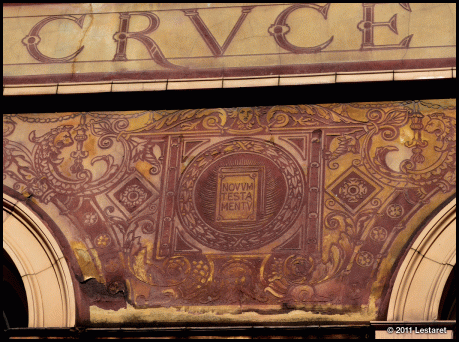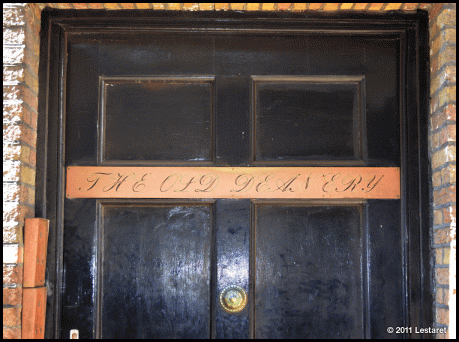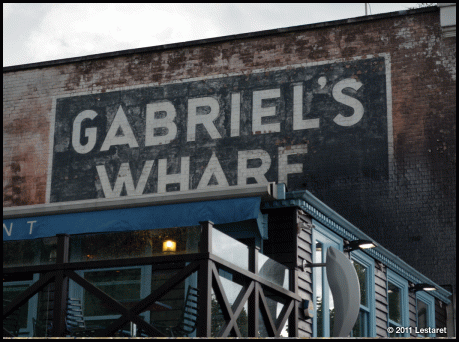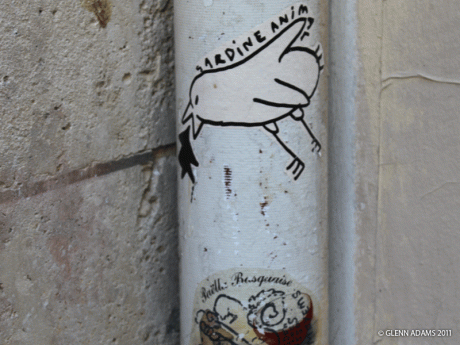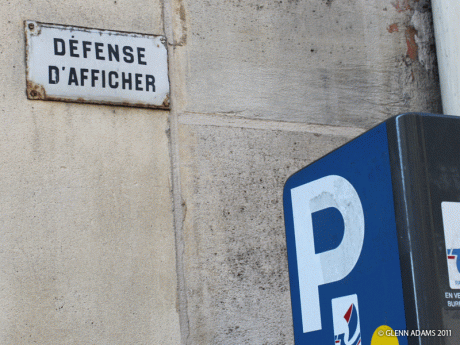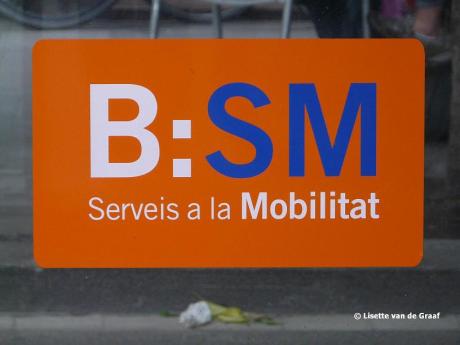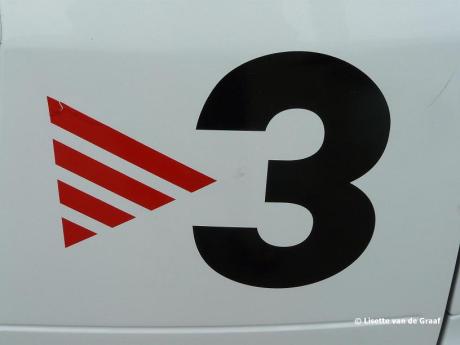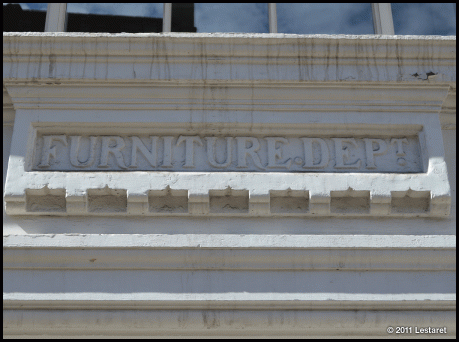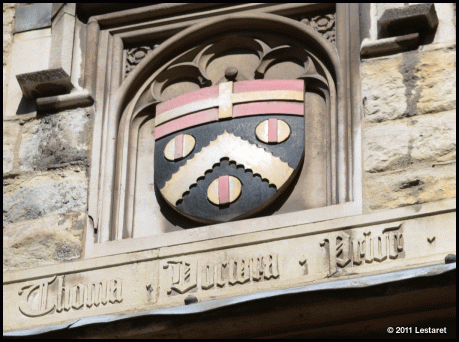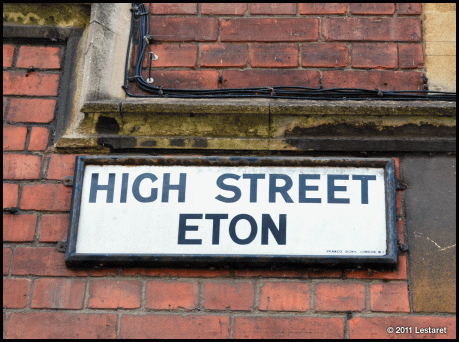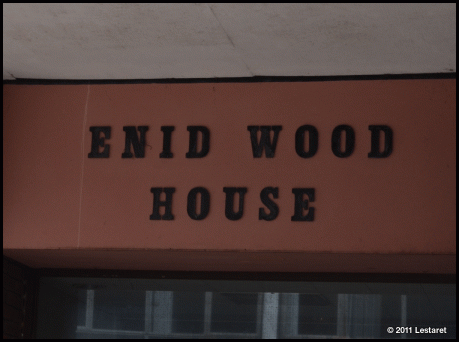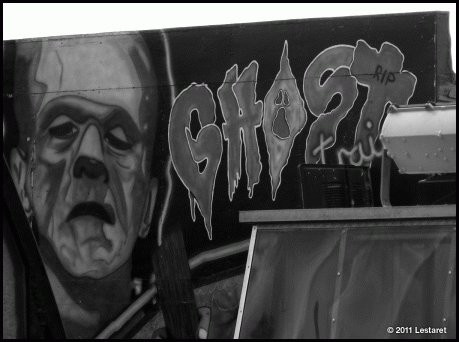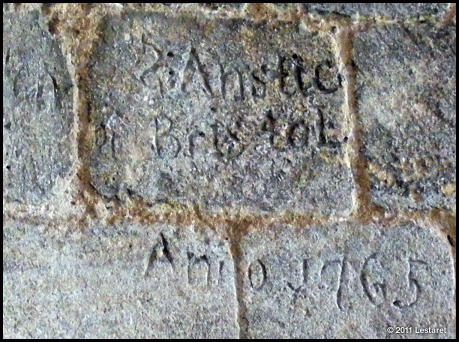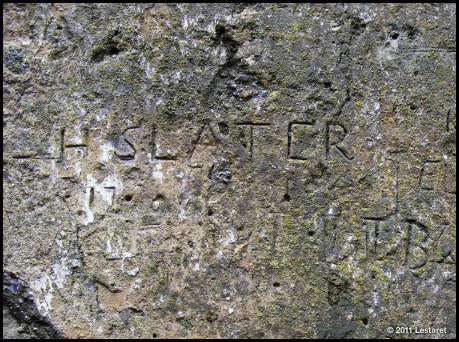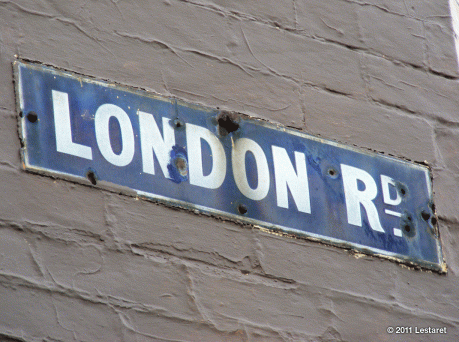
London Road snakes southwards out of Sheffield town centre for about two miles. The majority of these images were taken in the first ¼ mile and the environs nearby, known locally as ‘the bottom of London Road.’ I always liked it around here. I had some mates who lived nearby, and there used to be some great pubs – this used to be one of the best pub crawls in Sheffield on a Friday and Saturday night, but many have long since been converted into other things or stand silently watching the passing traffic, their weathered boards coated in many seasons of flaking flyposters.
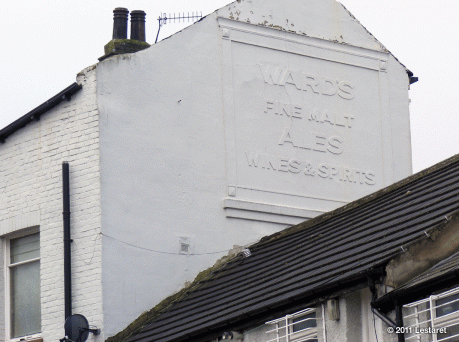
Taken from an adjoining road from the rear of The Old Crown, high up above the neighbouring buildings is this plasterwork sign for the once mighty Sheffield brewer Ward’s. I imagine this would have also been brightly painted at one time.

The frontage seems to have been become infected with “creeping signitis”



The plaster sign on the other gable end was still visible but had been usurped by a newer neighbour, whose falling tiles and attractive window decoration looked rather ironic beside the Old Crown…

At the Highfield area I spotted these two post office signs competing with each other, doing an excellent job of hiding the old street sign which had helpfully been painted the same colour as the wall!
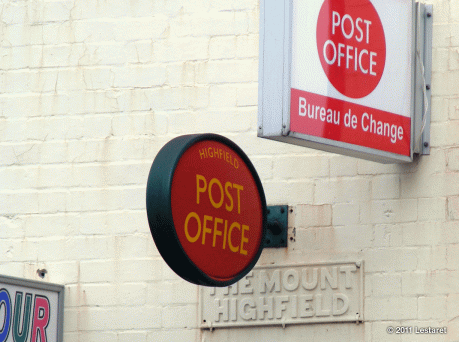
Across the road, these two signs are really showing their age.
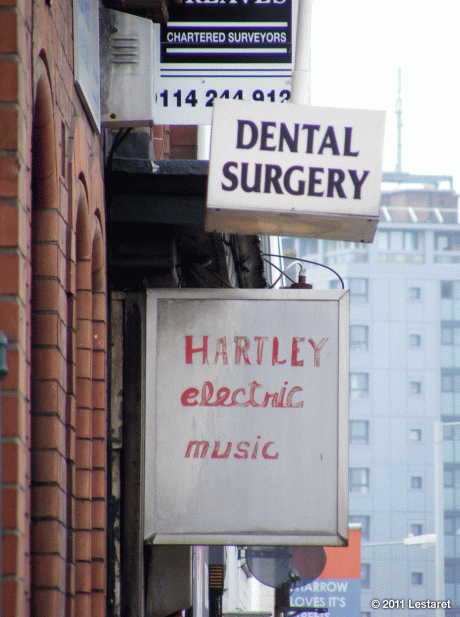
The dentists also still retained the original gilt signwritten names above the door.

Nearby, this little old fellow caught my eye amongst the general garish signage.

I thought I would show the surrounding buildings for context so took a wider shot. It is at the right of the image below, just above the white van…

But if you look at the wall above the Chinese restaurant sign you will see this:

Older signage, painted over still older signage, still holding its own amongst the plastic and neon of the twenty-first century!


There is a lot of this about – retaining the old street signs, but painting over them. Odd, but nice that they are there to be spotted by the more observant. This one is on the corner of a side street, above this ‘Gentlemans Outfitters’ which I was very pleased to see was still in business and had not updated its 1960’s signage.

At the very bottom of London Road, there is a small car park whose adjoining buildings have been subjected to some neat graffiti…


Opposite, once stood an iconic Sheffield landmark building – ‘The Locarno.’ Well, actually, if the truth be told, it is still there. Kind of. Situated on what has become prime real estate, this old nightclub could not be actually demolished because of its listed facade. So what did they do? Built an ugly, characterless block of student flats behind it and shoe-horned a supermarket behind its beautiful grey and white tiled facade. The mind boggles.

As I was crossing over to see if there were any signs or plaques that celebrated its past life (none) I noticed some much newer lettering up on the side of the building…

Which turned out to be some poetry by that old local fraud pop star Jarvis Cocker for a poetry festival.

I just hope that the Pulp frontman is implicated at the trial for these crimes against typography… Still I bet they won’t be around for a century, unlike these regal fellows further up the road…
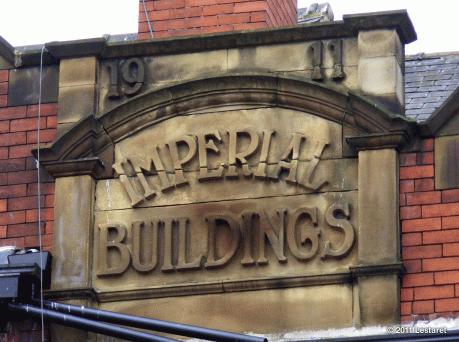
I began to wander down some side streets. There are a lot of old workshops and businesses amongst the housing estates that I thought might give me a few treats, and I wasn’t to be disappointed…




I am particularly pleased with this shot above, which encompasses cast iron, plaster and vinyl signage. And these two no parking signs just made me smile…



This building looks like it has seen better days, but had a lot of businesses still operating beneath its decaying sign, like this one, who still make type punches and the like. Excellent!


I ventured down John Street towards Bramall Lane (home of Sheffield United FC) to get a shot of The Cricketers Arms pub which I’d passed the day before.


I don’t hold out much hope for a full restoration of this building and wanted to record its lettering before it disappeared. Whilst I was here though, I was struck by the very odd juxtaposition of this pub – right across the road from the football stadium!

As I was heading back I ventured up Queens road, a very busy thoroughfare – five lanes in places – and at this point filled on both sides with superstores and DIY depots. At the lights I noticed this new furniture showroom and quickly pulled into the car park across the road to check if I what I had seen was true.

Surely, if the store had just opened, they could have put up a new banner. This looks like it was last used during the South Yorkshire hurricane season, but oddly, the rest of the store is all squeaky clean…

I was heading this way on a slight detour a little further around the corner on Broadfield Road; Heeley Baths! I lived in Heeley for the first 13 years of my life and this place holds many memories for me.
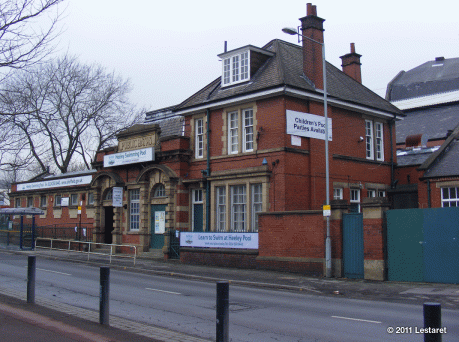
We we all taught to swim here, and as children, great parties of us would walk here every saturday afternoon, with our trunks wrapped in our towels, for some chlorine-soaked fun!

Sadly, the new signage does not really compare to the original…

Further on I pulled over and walked back to get a shot of this ghost sign, still gamely hanging on to its message…



